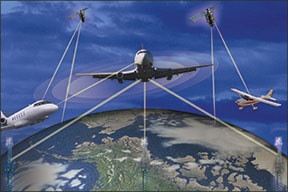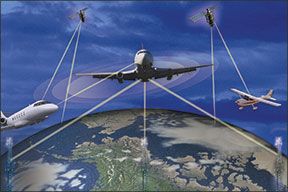Asizable number of pixels have been consumed recently in lamenting the slow rate of ADS-B OUT installations in advance of the January 1, 2020, deadline. On that date, operators will need ADS-B OUT to operate in airspace where a Mode C transponder is presently required. For most FLIB drivers, that means within the existing 30 nm-radius Mode C veil around Class B airports, within Class C airspace, and when at or above 10,000 feet msl.

The deadline isn’t likely to change, and the demand for time in avionics shops for installations will only grow. By late 2019, it’s likely installers will be forced to turn away business and schedule new installations for after the deadline. In my view, four factors are driving what to many seems like procrastination.
First up is a sometimes-bewildering set of upgrade options available to the average personal aircraft owner. The “Mama bear” question of how to leverage installed equipment and achieve ADS-B OUT capabilities seems to be changing monthly, and many owners are simply throwing up their hands in confusion. Too, the proliferation of non-certified ADS-B IN solutions on tablet computers hasn’t done the industry any favors: Owners can obtain ADS-B IN’s meager benefits now, without a trip to the avionics shop.
Second is the benefits themselves, which aren’t that special. I would suggest the average personal airplane in regular use already sports some flavor of ADS-B IN via tablet computer and portable receiver. Those in-flight weather and traffic benefits simply aren’t valuable enough at this time for the average owner to lay out 10 large to have them hard-wired, especially when he or she might have only about $1000 invested so far.
Third, we’d bet the average owner who is a candidate for ADS-B OUT is seriously watching his or her pennies these days. While bright economic spots keep popping up here and there, large swaths have not yet recovered from the 2008 crash. And fuel prices aren’t helping. I would guess more than a few owners are trying to decide whether to hang on to the airplane at all, much less sink another $10,000 into it merely to access the same airspace they can use now.
Finally, the proliferation of new consumer-grade devices and software has those very same owners leery of investing in ADS-B. Why bother, they might ask, when some new product will come along in a couple of years to make today’s avionics hardware seem antiquated by 2020?
I’ve been doing this long enough to remember when Mode C transponders were mandated. Many owners were asking questions similar to the ones above, and weighing their options. For years after the Mode C requirement was in place, lots of aircraft were running around with only a Mode A transponder. The transition to ADS-B IN after January 2020 will be similar.
— Jeb Burnside




